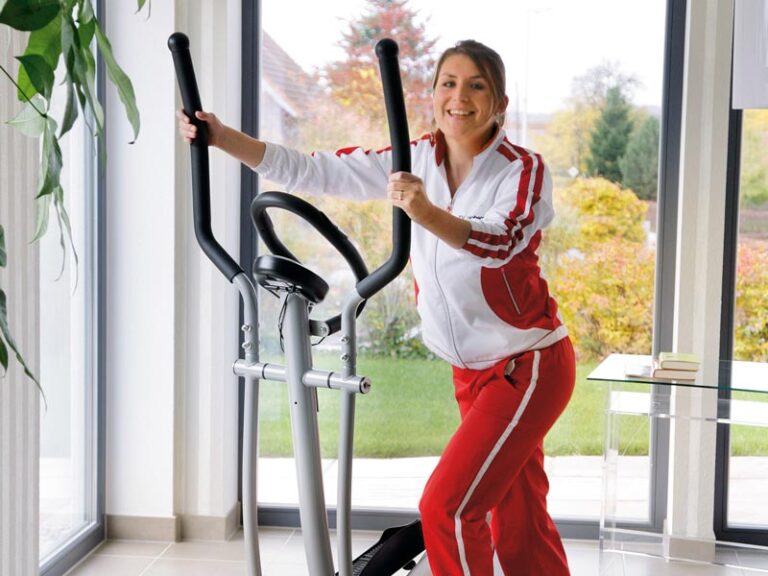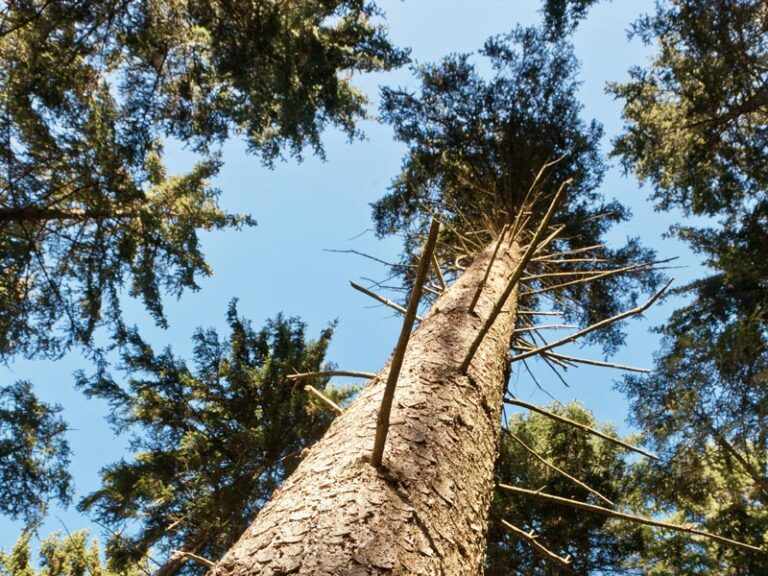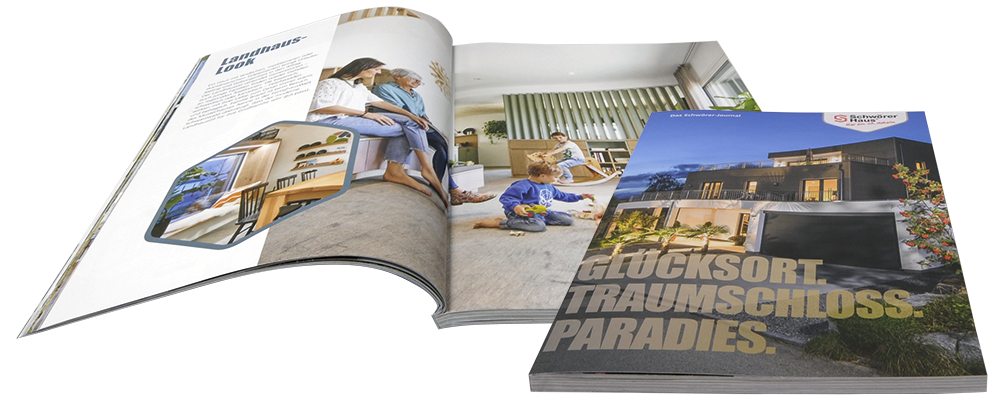







Leading prefabricated house manufacturer
Outstanding quality, attractive design, good price-performance ratio and reliable customer service are our claims – all naturally in consideration of nature and the health of our customers.

Become your own energy supplier with renewable energies. Renewable energies are the ideal addition to the energy supply. Gain additional energy from a photovoltaic system, solar system, brine-geothermal heat exchanger or rainwater cistern, and become independent of rising electricity prices.

With a photovoltaic system, you become an electricity generator, and this is a sensible financial investment. The solar electricity generated can be used in the house or fed into the grid. In addition, as part of the “renewable energies” funding, you will receive interest-subsidised loans from the Germany’s reconstruction loan corporation (Kreditanstalt für Wiederaufbau – KfW) or central, state and local government funding. Incidentally: a photovoltaic system supplies electricity even when the sky is cloudy. It can be installed on or in the roof. Also available as façade elements on request.

Below the frost line in winter, the ground is warmer than the outdoor air. The reverse is true in summer. This allows the efficiency of a ventilation system to be substantially improved. In summer, the coolness of the ground is used to cool the fresh outdoor air. In winter, the warmth of the ground is used to preheat the fresh outdoor air. Moreover, the preheating of the air in winter allows frost protection for the heat exchanger. The combination of geothermal heat exchanger and fresh air heating system is also possible. Here, the geothermal heat exchanger reinforces the function of the heat pump. The brine-geothermal heat exchanger is a hygienic solution, as only the thermal energy from the brine is emitted to the fresh air.

A geothermal cage is ideal as a space-saving alternative to the brine-geothermal heat exchanger. Instead of a system installed as a serpentine or ring in the ground, the pipes of a geothermal cage run helically into the ground. This system causes little additional work whilst undertaking excavation for the foundations.
In a similar way to the surface collector, the geothermal cage also extracts its heat from the upper ground structure at a depth of 1 – 1.4 metres in summer and during the transition period. The advantages of the geothermal cage compared with a surface collector, with longer run times and in the cold, winter half of the year become clear from this example. Whereas the surface collector can generally draw on only one layer of earth close to the frost line, the geothermal cage also draws the required thermal energy from deeper, warmer layers of earth. With a small space requirement, a large volume of earth can be used as an energy import supplier and exploited extremely evenly for heat extraction.

Free rainwater is ideal for watering the garden, washing laundry and cleaning toilets. Extraction from the rainwater cistern takes place via a suction hose below the surface of the water. A second water distribution system is required. A feed system guarantees the supply during dry periods.

SchwörerHaus has developed a home Trainer with which the energy generated from training is used to heat service water. In addition, the heat radiated by the residents during exercise is recovered via the controlled living area ventilation.
The higher the physical activity, the greater the generated heat that a person emits into the surroundings. During exercise, it is an average of 350 W, i.e. the heat emission is up to 4 times greater than during seated activity. This energy is recovered via the controlled ventilation system and transmitted to the fresh air.

Household with 3 people who exercise regularly
Training
Person 1, training level 6, 60 min, 2x per week: 1600 Wh/month
Person 2, training level 5, 60 min, 2x per week: 1120 Wh/month
Person 3, training level 4, 60 min, 3x per week: 1140 Wh/month
Heat emission
Person 1, 60 min, 2x per week: 2800 Wh/month
Person 2, 60 min, 2x per week: 2800 Wh/month
Person 3, 60 min, 3x per week: 4200 Wh/month
Total energy generation: 13660 Wh/month
That is already 10% of the energy required per month for a 100 m² passive house.

Do you want to find out more about our Schwörer houses?
We are happy to send you a free information pack.









Outstanding quality, attractive design, good price-performance ratio and reliable customer service are our claims – all naturally in consideration of nature and the health of our customers.
We are not far from you. With design centres, production sites, but primarily with show homes and building advisors ready to provide comprehensive support.
Our building consultants are available to you for a personal, online video consultation.

Single-family homes
Single or two-storey, with gable, hip or flat roof, as an urban villa, country house or cube – we implement your individual single-family home for you.
Bungalows
A light, airy living ambience, direct access to the garden from all rooms – living on one level has its appeal. Bungalows are single-storey houses with many possibilities.
FlyingSpaces: Tiny Houses
FlyingSpaces or Tiny houses are high-quality modules that work as an entire mini house, single-room extension or even in combination.
Semi-detached houses
Semi-detached houses are a good alternative, when construction density is concerned. The construction of semi-detached and terraced houses is of interest for inner-city plots in particular.
Houses with an annex
Do you want a second, self-contained residential unit within your single-family home, so that you can rent it out or have grandparents or adult children in the house?
Multiple-family homes
Are you looking for a secure, long-term, low-risk investment? From a financial and strategic perspective, investment in a multiple-family home is worthwhile.
Schwörer-Fertighäuser
SchwörerHaus-Newsletter
Rechtliches
© SchwörerHaus KG | Alle Rechte vorbehalten
Lorem Ipsum is simply dummy text of the printing and typesetting industry. Lorem Ipsum has been the industry’s standard dummy text ever since the 1500s, when an unknown printer took a galley of type and scrambled it to make a type specimen book. It has survived not only five centuries, but also the leap into electronic typesetting, remaining essentially unchanged.